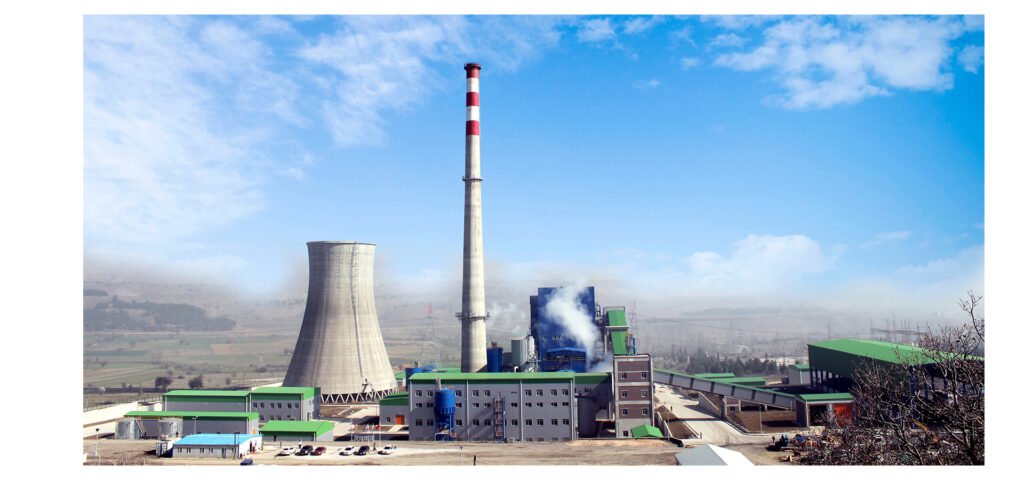As global energy demand grows and the transition toward renewable energy accelerates, medium capacity power plants are playing an increasingly vital role in ensuring stability, flexibility, and efficiency in energy systems. Unlike large-scale facilities, which often require long lead times and significant investments, medium capacity power plants offer the right balance between cost, performance, and adaptability, making them indispensable for regions with growing but not yet peak energy demands.
Medium capacity plants also provide strategic advantages for grid operators. Their moderate size allows faster ramp-up and ramp-down capabilities, which is critical during sudden shifts in energy demand or unexpected drops in renewable generation. This adaptability reduces the need for costly energy storage systems while maintaining grid reliability.
Supporting Renewable Energy Integration
One of the key advantages of medium capacity power plants is their ability to integrate seamlessly with renewable sources such as wind and solar. Since these sources are intermittent, a reliable power generation backbone is required to ensure consistent electricity supply. Medium capacity plants provide the needed backup and stabilization, ensuring that industries and urban areas do not suffer disruptions when renewable output fluctuates.
Several case studies have shown that regions with a mix of medium capacity thermal plants and renewable energy achieve better grid stability and lower total generation costs. In hybrid operations, medium capacity plants act as a balancing force, compensating for seasonal or weather-related variations while optimizing fuel usage and minimizing emissions.

Modular Retrofits for Efficiency and Sustainability
Modern technology allows medium capacity plants to undergo modular biomass plant retrofits, which enhance efficiency and reduce emissions. By upgrading existing systems with modular solutions, operators can achieve improved environmental performance without the need to build entirely new facilities.
These retrofits can include advanced boiler designs, upgraded heat recovery systems, and improved fuel handling mechanisms. Modular retrofits not only reduce operational downtime but also allow phased investment, making them particularly attractive for medium-sized plants with limited budgets.
Upgrades to Enhance Performance
Many medium capacity power plants are implementing modular biomass plant upgrades to extend operational lifespans and boost energy efficiency. Upgrades may include automation of control systems, integration with predictive maintenance technologies, and the installation of advanced sensors for real-time performance monitoring.
These upgrades help plant operators reduce fuel consumption, decrease greenhouse gas emissions, and improve reliability. Furthermore, upgraded plants can adapt more easily to fluctuating energy demand, making them an essential component of modern, flexible energy systems.
Retrofits for Industrial and Regional Growth
In industrial and regional applications, modular biomass station retrofits play a key role in meeting environmental standards while maintaining consistent power supply. By converting older plants into modular and more efficient stations, operators can achieve compliance with stricter regulations, reduce maintenance costs, and support regional economic growth.
For example, several industrial clusters in Asia and South America have successfully implemented modular retrofits, achieving reductions of up to 20% in fuel consumption while maintaining uninterrupted electricity supply. This demonstrates the potential of modular solutions to optimize medium capacity power plants without sacrificing reliability.
Environmental and Economic Benefits
Medium capacity power plants, especially those upgraded with modular biomass solutions, offer both environmental and economic advantages:
Lower emissions – Upgraded systems produce fewer pollutants and carbon emissions.
Higher efficiency – Advanced modular solutions improve heat utilization and energy output.
Reduced operating costs – Maintenance and fuel costs decrease due to modernized equipment.
Local economic support – Project implementation creates jobs and boosts the industrial ecosystem.
These benefits make medium capacity power plants an ideal partner for regions seeking both sustainable and economically viable energy solutions.
Runh’s Contribution and Success Stories
Runh Power has been a leader in designing, executing, and managing EPC projects for medium capacity power plants worldwide. Runh’s experience includes integrating modular retrofits, lifecycle upgrades, and renewable hybrid systems to achieve peak performance.
One notable project involved retrofitting a medium capacity biomass plant in Southeast Asia. Through modular biomass plant retrofits and modular biomass plant upgrades, the plant achieved a 15% efficiency improvement while reducing emissions by 18%, demonstrating both environmental and economic gains. Additionally, a modular biomass station retrofit in South America enabled an industrial park to stabilize its electricity supply while meeting strict local emission standards.
Future Outlook
The future of medium capacity power plants lies in digitalization, modularization, and hybridization. Digital monitoring systems will allow predictive maintenance and real-time optimization. Modular biomass retrofits and upgrades will continue to drive sustainability and cost efficiency. Hybrid systems integrating energy storage and renewable sources will further enhance flexibility, making medium capacity plants critical for the global energy transition.
Conclusion
Medium capacity power plants are indispensable for balancing renewable energy, ensuring reliable electricity supply, and supporting industrial growth. By leveraging modular biomass plant retrofits, modular biomass plant upgrades, and modular biomass station retrofits, these plants evolve into highly efficient, environmentally friendly, and economically viable solutions. Trusted partners like Runh Power ensure that medium capacity plants deliver both performance and sustainability, meeting the growing energy needs of the modern world.

 Instant
Quote
Instant
Quote Email
Us
Email
Us